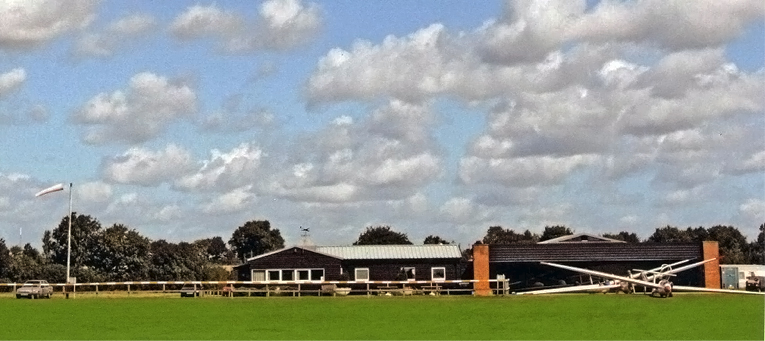Gliding Medical Requirements And Weight Restrictions
For safety reasons, all members and visitors who fly with ESGC must meet or exceed certain minimum medical requirements, and be neither too heavy nor too light for correct ballasting of the aircraft. The majority of people will meet these requirements with ease.
Visitors for trial lessons and day courses may be assessed by their instructor, as they will not be flying solo. You will need to be less than 6’6″ tall, and weigh less than 225 pounds. Very light pilots will be supplied with additional ballast, but it may not be possible to carry very small pilots if it is not possible to safely secure the additional ballast required. Thus it is unlikely that anyone under the age of about thirteen years would be able to be carried in a glider. Visitors flying as passenger or second pilot must not have any medical condition that might lead to a difficult or dangerous situation in flight. For example, poor vision or partial physical disability could be acceptable, but severe epilepsy or pronounced psychological disorder would not be. If in doubt, please ask.
Solo pilots at ESGC must meet the requirements of DVLA Group 1 (which means you are medically fit to drive a private car), and instructors must also meet the requirements of DVLA Group 2 (which means you are medically fit to drive professionally).
ESGC reserves the right to demand higher standards and/or proof of fitness, generally or in any particular case, and at any particular time. There are certain age limits for instructors, and medical declarations must be re-validated periodically.
Whilst not essential you are advised to wear sun glasses as it can be bright under the canopy.
For the detailed requirements please visit the BGA web site

